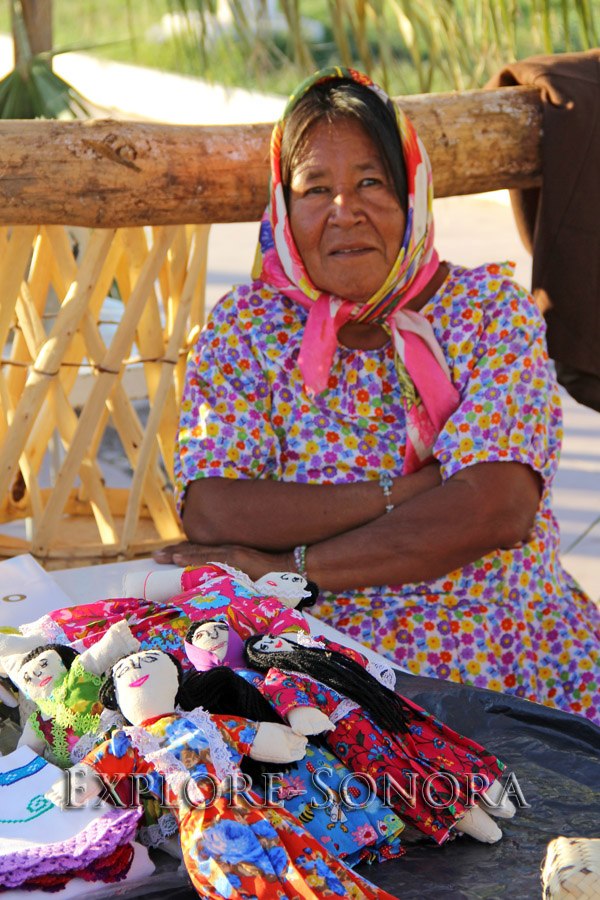Sonoran Indigenous Groups
The Guarijios of Southern Sonora, Mexico
The native Guarijio people of Sonora live in Southeastern Sonora in the Sierra Madre Occidental, from the Pueblo of Alamos eastward to the border with Chihuahua. They call themselves “Macurawe” or “Macoragüi,” a word that means “those who walk the land,” or “those who hold on to the land.”
Location
The traditional lands of the Guarijio adjoin the lands of the Mayo people to the west in the pueblos of Alamos and Quiriego, the Tarahumara to the south, the municipality of Tesopaco to the north and the border with Chihuahua to the east.
The land of the Guarijios extends into the state of Chihuahua, although there are two major subcultures separated by state lines – the Sonora Guarijios, which are more culturally connected with the Yoreme Mayo and have a current population of approximately 2,000; and the Guarijios of Chihuahua, which are more closely aligned with the Tarahumara culture and have a current population of 3,000.
Distinct ethnic groups
The separation between the two groups originally occurred in the 1620’s when the Guarijios rejected the efforts of Jesuit missionaries to establish a mission in Chinipas. The Spanish military responded to the rebellion, which caused the Guarijios to disperse and eventually re-form into the two sub-groups.
The Sonora Guarijios live in small pueblos in the Sierra Madre Occidental like Los Bajíos, San Bernardo, Burapaco, Guajaray, Mochibampo y Bavícora and in a larger concentration in the Mesa Colorada region.
Daily life and challenges
They live in a land with little economic opportunity and no formal employment structure, and as a result most live a life of poverty and subsistence. And in addition to the lack formal work opportunities, there is also a shortage of medical care resources, educational opportunities and transportation routes through their territory.
Some have adapted to the dry, mountainous environment of the Sierras by planting crops like squash, maize and beans. And Guarijio artisans (mainly women) make traditional crafts from natural materials like palm branches, clay and trees to create woven and products like baskets, hats and mats, and sewn products like clothing and dolls. Wood carvers make musical instruments and figures of colorfully painted animals.
Religion and cultural celebrations
The Guarijio are deeply religious people and follow the Catholic religion with elements of pre-Hispanic Mayo and Tarahumara traditions that include myths and beliefs articulated in traditional stories and songs.
They celebrate tuburadas for special events during the year. Major tuburadas are known as a Cava-Pizca, a religious celebration that celebrate the natural and spiritual worlds through dance, music, theater and religious ceremonies.
Cava-Pizcas are held throughout the year, to observe events like the annual rains, the harvest and planting of crops; on saints’ feast days, in particular the feast day of San Isidro Labrador; and on May 10 to recognize the death of Jose Zazueta, the first Traditional Governor of the Guarijios.
Sources
Wikipedia – Guarijios
Asignatura Regional – Etnia: Guarijios
El Imparcial – Guarijios Caminando Bajo la Sombra de Los Pilares
SonoraTravel website
Indigenous Sonora

